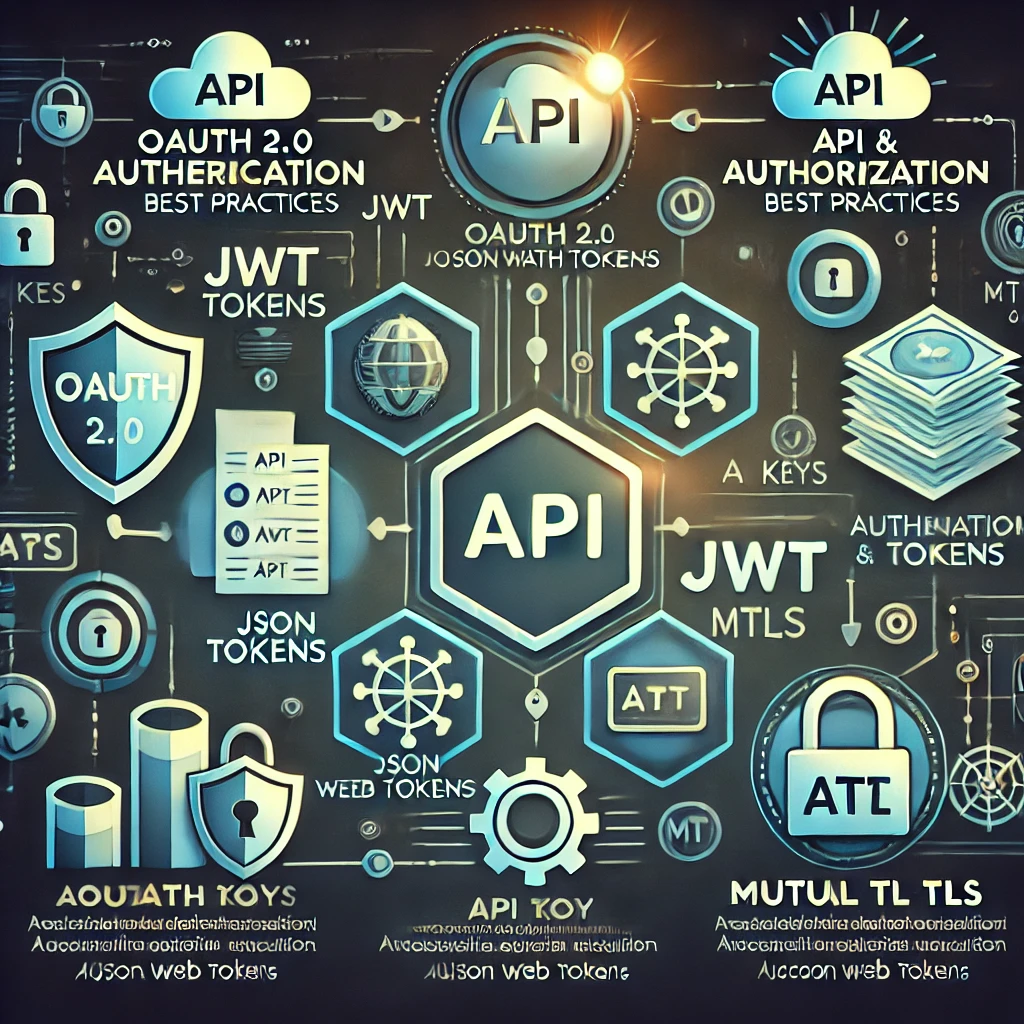
API Authentication and Authorization Best Practices: A Deep Dive into OAuth, JWT, and Beyond
Executive Summary
In today’s digital landscape, APIs are the backbone of modern applications, enabling seamless communication between systems. However, API security is a critical concern as cyber threats continue to evolve. This blog explores best practices for API authentication and authorization, with a focus on OAuth, JWT, and additional security measures. We also highlight how Codesealer, a leader in cybersecurity solutions, helps organizations enhance API security and prevent cyber threats.
Understanding Authentication vs. Authorization
Before diving into best practices, let’s clarify the distinction between authentication and authorization:
- Authentication: The process of verifying the identity of a user or service. Think of it as logging into a system.
- Authorization: The process of determining what an authenticated user or service is allowed to do. This is akin to access control.
Both mechanisms work together to ensure that only the right entities access your API and perform only the permitted actions.
1. OAuth 2.0: The Industry Standard for API Security
OAuth 2.0 is the most widely used authentication framework for APIs, providing secure, token-based access. It is particularly useful for third-party applications that need access to user data without exposing credentials.
Key OAuth 2.0 Flows
OAuth offers different flows tailored to various use cases:
- Authorization Code Flow: Ideal for web applications, this flow exchanges an authorization code for an access token, reducing security risks.
- Client Credentials Flow: Suitable for machine-to-machine authentication where no user is involved.
- Implicit Flow (Deprecated): Previously used for single-page applications (SPAs), but now discouraged due to security concerns.
- Device Code Flow: Useful for devices with limited input capabilities, such as smart TVs.
Best Practices for OAuth 2.0
- Always use PKCE (Proof Key for Code Exchange) with the authorization code flow to prevent interception attacks.
- Store refresh tokens securely and rotate access tokens frequently.
- Use scopes and permissions to limit what a token can access.
- Never expose client secrets in mobile or frontend applications.
2. JSON Web Tokens (JWT): Secure, Stateless Authentication
JWT is a popular method for API authentication, allowing stateless and compact authentication between clients and servers.
Why Use JWT?
- Self-contained: Includes user claims and expiration info, reducing the need for database lookups.
- Stateless: Ideal for scalable applications that need authentication without server-side session management.
- Compact and Efficient: Suitable for mobile and web applications due to its small size.
Best Practices for JWT
- Use HS256 or RS256 signing algorithms for strong security.
- Set short expiration times to minimize token misuse.
- Avoid storing sensitive user information inside the token payload.
- Implement token revocation strategies to invalidate compromised tokens.
3. Beyond OAuth and JWT: Other Security Approaches
While OAuth 2.0 and JWT are industry standards, some additional measures can further strengthen API security:
Mutual TLS (mTLS)
Mutual TLS ensures that both the client and server authenticate each other using TLS certificates, adding an extra security layer. This is particularly useful in high-security environments like financial transactions.
API Keys
API keys are commonly used for simple authentication, but they lack fine-grained authorization controls. When using API keys:
- Restrict them to specific IP addresses or domains.
- Rotate and expire keys periodically.
- Never expose keys in public repositories.
Fine-Grained Access Control with RBAC and ABAC
- Role-Based Access Control (RBAC): Assigns permissions based on predefined roles (e.g., admin, user, editor).
- Attribute-Based Access Control (ABAC): Grants access based on attributes such as user role, location, or device type.
Rate Limiting and Throttling
Prevent abuse by implementing rate limiting, ensuring users don’t overwhelm the API with excessive requests. Tools like API gateways help enforce these limits.
How Codesealer Enhances API Security
Codesealer is a cybersecurity company specializing in protecting APIs from threats such as unauthorized access, session hijacking, and data breaches. By leveraging obfuscation, encryption, and intelligent deception techniques, Codesealer ensures that your API endpoints remain secure against evolving cyber threats. Some of the key security benefits provided by Codesealer include:
- End-to-End API Protection: Codesealer provides robust security measures against common API vulnerabilities.
- Dynamic Code Protection: Prevents attackers from reverse-engineering APIs by obfuscating sensitive logic.
- Seamless Integration: Codesealer’s security solutions integrate easily with existing API infrastructures, ensuring a hassle-free implementation.
Conclusion
Securing APIs requires a multi-layered approach, combining robust authentication and fine-grained authorization. OAuth 2.0 and JWT are foundational, but supplementing them with additional security measures like mTLS, API keys, and access control mechanisms ensures even greater protection.
By following these best practices and leveraging Codesealer’s security solutions, you can safeguard your API from unauthorized access, data breaches, and security threats, ensuring a seamless and secure experience for your users.
Do you have a preferred authentication method for your APIs? Let’s discuss in the comments!
